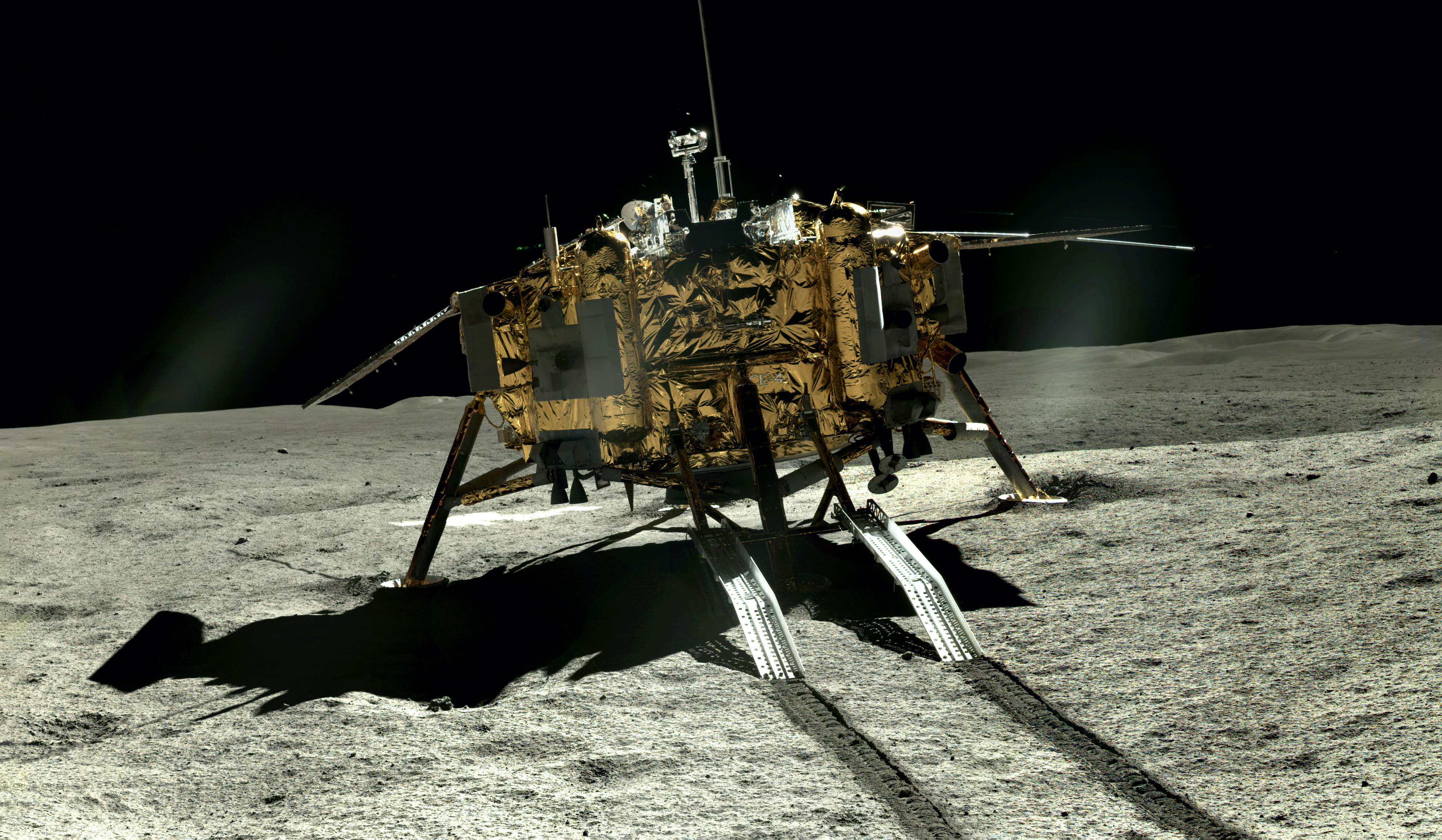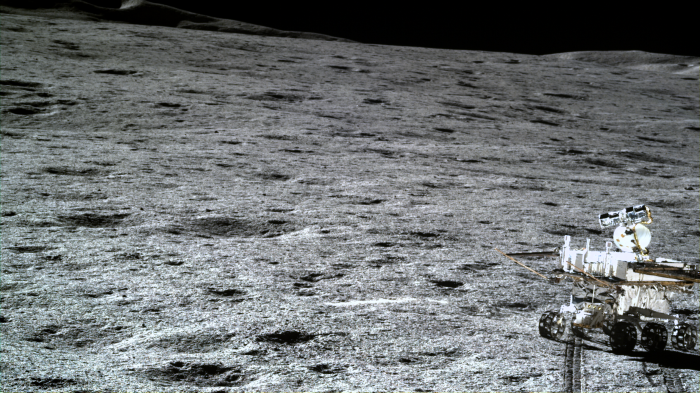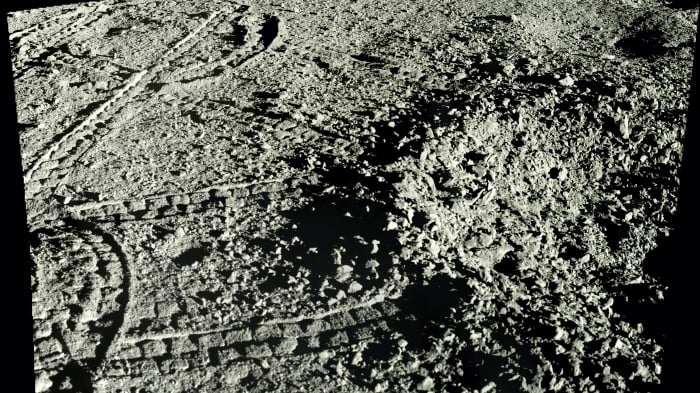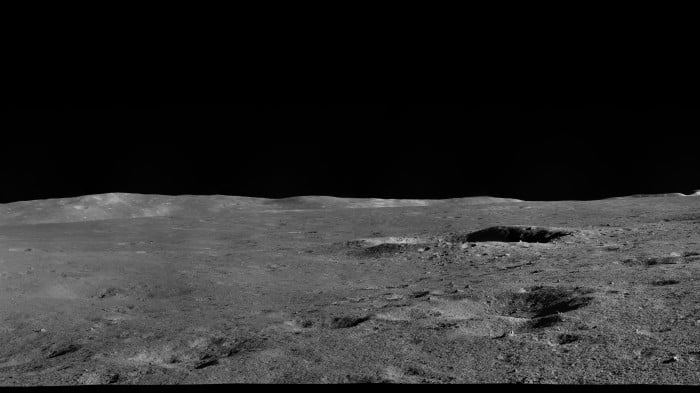These are the most detailed photos yet of the far side of the moon

China has just released a new batch of photos snapped by its Chang’e 4 lunar probe and its Yutu-2 rover. The new images give us the sharpest look ever at the landscape of the far side of the moon, just as the robots wake up from a two-week slumber.
While these are far from the first photos of the far side snapped by the probe and the rover, they are among the highest-resolution images of the moon taken by the mission. Some are panoramic shots taken by Yutu-2. China made the new batch available to the public on Monday.

Chang’e 4 landed at the moon’s Von Karman crater at the beginning of 2019, marking the first time in history humans had ever landed a spacecraft on the lunar far side. The probe has collected astronomical and geological data, and even tried to grow plants on the moon. Most recently, the Yutu-2 rover stumbled upon a mysterious “gel-like” substance sitting snugly inside a small crater, and it’s still unclear what it is and how it got there.

In the last few days, several scientists and space-image experts have been using their skills to process and colorize the new photos. Many of these images have been posted online, and depict close-up views of the far side’s craters and lunar soil. Philip Stooke, a cartographer with the Center for Planetary Science and Exploration at Western University in Ontario, is using the new images to improve maps he’s made illustrating Yutu-2’s ongoing travels.

The probe and lander officially began their 14th lunar day on January 18 and 19, respectively. The robots are solar powered, and must power down and enter a state of hibernation during the cold, dark lunar night. Each lunar day and night lasts about two Earth weeks. The rover and lander were originally expected to last only about three months and one year, respectively. They’ve both exceeded expectations.
Deep Dive
Space
How to safely watch and photograph the total solar eclipse
The solar eclipse this Monday, April 8, will be visible to millions. Here’s how to make the most of your experience.
The great commercial takeover of low Earth orbit
Axiom Space and other companies are betting they can build private structures to replace the International Space Station.
How scientists are using quantum squeezing to push the limits of their sensors
Fuzziness may rule the quantum realm, but it can be manipulated to our advantage.
Stay connected
Get the latest updates from
MIT Technology Review
Discover special offers, top stories, upcoming events, and more.